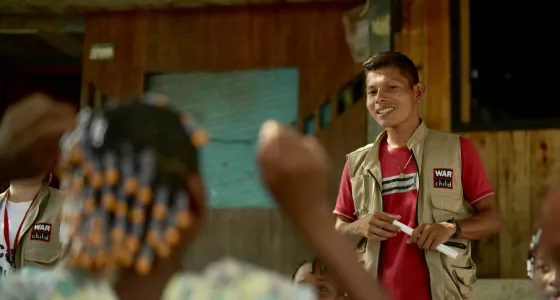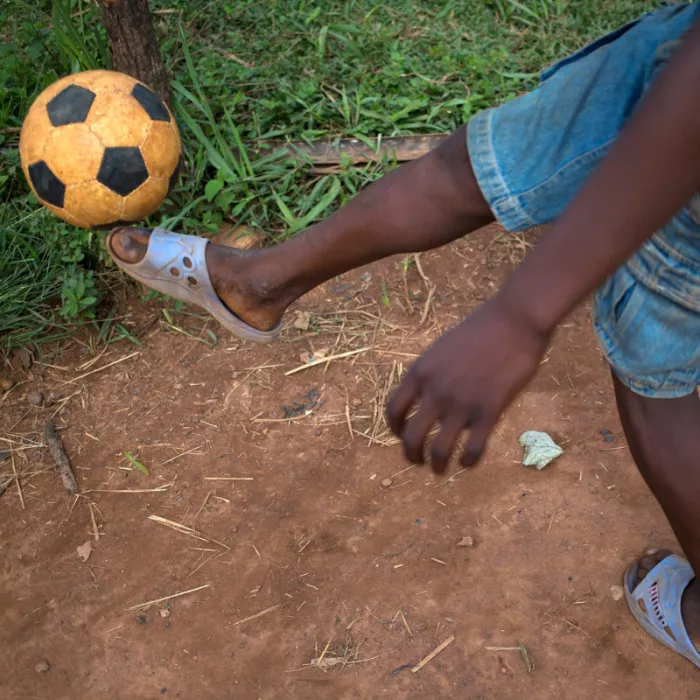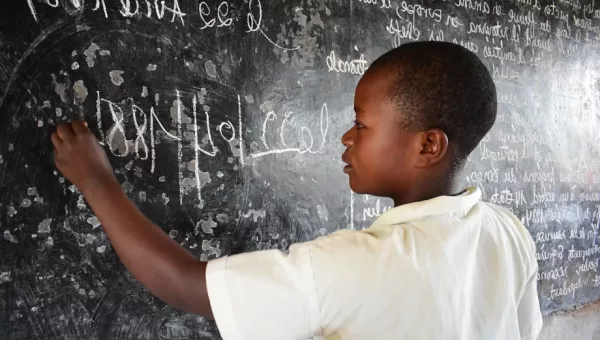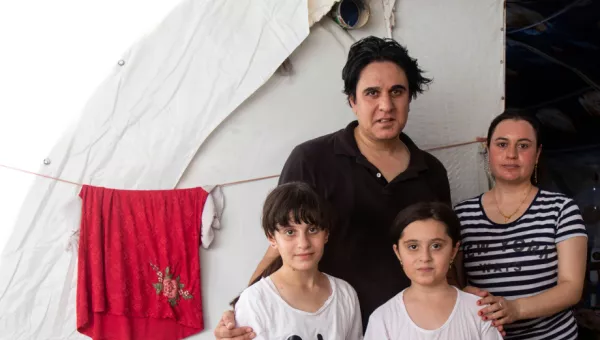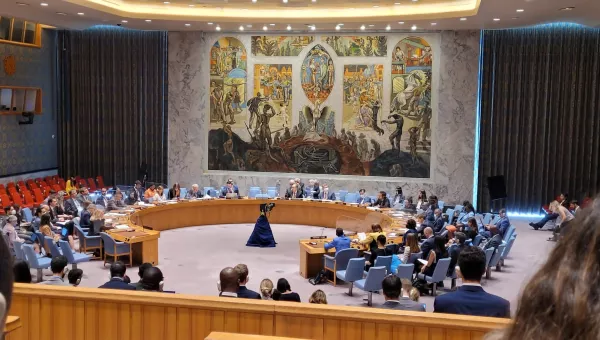Protecting children from harm is at the heart of what War Child does.
Crises, such as conflicts can have devastating effects on children’s lives. Children’s dignity, safety and healthy development are threatened. Some have been separated from their families, have experienced gender-based violence, been recruited by armed groups, or faced other extreme trauma.
Growing up amidst conflict and experiencing violence can also have a devastating impact on children’s physical and emotional wellbeing. Many children in the countries we work in have always lived in countries with conflict.
Through our trained staff and network of local partner organisations, we make sure every child gets the protection and care they need. We focus on children at heightened risk, such as girls who are forced into child marriage, children who have been separated from their families, recruited into armed groups or forced into dangerous working conditions. We are accountable to the children we work with and believe that they have a right to be heard and involved in any decision that is made about their lives and future.

